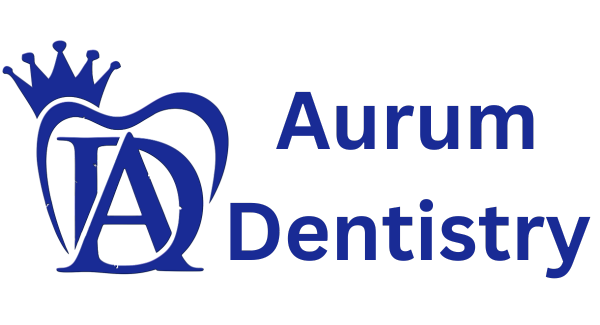What is OPG? OPG (Orthopantomagram) is a panoramic scanning dental X-ray of the upper and lower jaw. It is also called by the proprietary name Orthopantomagraph or Panorex.
Why does the dentist recommend for an OPG?
Dentists may recommend an Orthopantomography (OPG) or panoramic dental X-ray for various reasons, typically when they need a comprehensive view of a patient’s oral and maxillofacial structures. Here are common situations when a dentist may recommend an OPG:
1. *Routine Dental Examinations*: Some dentists include OPG as part of routine check-ups to assess overall oral health, screen for potential issues, and establish a baseline for tracking changes over time.
2. *Orthodontic Treatment*: Before starting orthodontic treatment (braces or aligners), an OPG is often taken to evaluate the alignment of teeth, jaw relationships, and the presence of any anomalies that may affect treatment planning.
3. *Wisdom Teeth Evaluation*: Dentists frequently use OPG to assess the development, position, and potential issues related to wisdom teeth (third molars). This helps determine if wisdom teeth need to be removed.
4. *Dental Implants*: OPG is crucial in planning dental implant procedures. It allows dentists and oral surgeons to assess bone quality, quantity, and the optimal placement of implants for stability and long-term success.
5. *Oral Surgery*: Prior to oral surgery procedures, such as tooth extractions (especially impacted teeth), jaw surgeries, or removal of cysts or tumors, OPG provides valuable information for surgical planning.
6. *TMJ Evaluation*: OPG can help in diagnosing temporomandibular joint (TMJ) disorders and assessing the joint’s condition and alignment.
7. *Sinus Issues*: Dentists may use OPG to evaluate the sinuses and their proximity to the upper molars, which can be important in cases of sinus infections or sinus lift procedures for implants.
8. *Dental Pathology*: When there are suspected dental or oral pathologies, such as cysts, tumors, infections, or unexplained pain, an OPG can help in diagnosing and assessing the extent of the issue.
9. *Pediatric Dentistry*: OPG may be recommended for children to monitor the development of primary and permanent teeth and identify any anomalies early.
10. *Patient Education*: Dentists may use OPG images to educate patients about their oral health, treatment options, and the need for specific procedures.
It’s important to note that the decision to recommend an OPG depends on the individual patient’s needs, symptoms, and the dentist’s clinical judgment. Dentists aim to balance the benefits of obtaining detailed information with the considerations of radiation exposure, ensuring that the benefits outweigh the risks in each case.









